Rising Demand in Biotechnology
The Glass Vials Market is experiencing a notable increase in demand driven by the biotechnology sector. As biopharmaceuticals gain traction, the need for reliable and sterile packaging solutions becomes paramount. Glass vials are preferred for their inert properties, which ensure the stability of sensitive biological products. In 2025, the biotechnology market is projected to reach a valuation of approximately 800 billion, further propelling the glass vials segment. This trend indicates a shift towards more sophisticated packaging solutions that can maintain the integrity of biopharmaceuticals, thereby enhancing the overall growth of the Glass Vials Market.
Expansion of Pharmaceutical Applications
The pharmaceutical sector is a primary driver of growth in the Glass Vials Market. With the increasing prevalence of chronic diseases and the subsequent rise in medication requirements, the demand for glass vials is surging. In 2025, the pharmaceutical market is projected to reach over 1.5 trillion, with a substantial portion attributed to injectable drugs that require glass vials for safe storage. This trend indicates that as the pharmaceutical industry expands, so too will the need for high-quality glass vials, reinforcing their critical role in drug delivery systems and overall healthcare.
Increased Focus on Sustainable Packaging
Sustainability has emerged as a critical driver within the Glass Vials Market. As environmental concerns escalate, manufacturers are increasingly adopting eco-friendly practices. Glass vials, being recyclable and reusable, align with the growing consumer preference for sustainable packaging. In 2025, the market for sustainable packaging is expected to surpass 400 billion, indicating a significant shift in consumer behavior. This trend suggests that companies investing in sustainable glass vial production may gain a competitive edge, as they cater to environmentally conscious consumers while contributing to the reduction of plastic waste.
Technological Innovations in Manufacturing
Technological advancements are reshaping the Glass Vials Market, enhancing production efficiency and product quality. Innovations such as automated filling and sealing processes are reducing labor costs and minimizing contamination risks. Furthermore, the integration of smart technologies, such as RFID tags, is improving inventory management and traceability. In 2025, the market for smart packaging solutions is anticipated to grow significantly, indicating a shift towards more advanced manufacturing techniques. This evolution suggests that companies embracing these technologies may improve their operational efficiency and product reliability, thereby strengthening their position in the Glass Vials Market.
Regulatory Compliance and Quality Standards
Regulatory frameworks play a pivotal role in shaping the Glass Vials Market. Stringent quality standards imposed by health authorities necessitate the use of high-quality materials for pharmaceutical packaging. Glass vials are often favored due to their ability to meet these rigorous standards, ensuring product safety and efficacy. In 2025, the emphasis on compliance is expected to intensify, particularly in the pharmaceutical and biotechnology sectors. This trend suggests that manufacturers who prioritize regulatory adherence in their glass vial production processes may enhance their market position, as they align with the increasing demand for safe and effective packaging solutions.


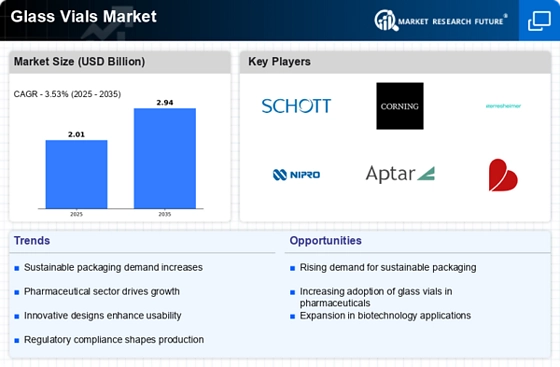
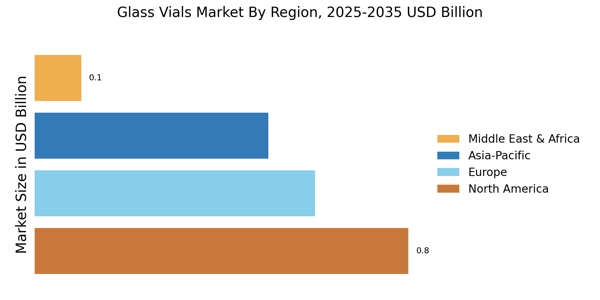

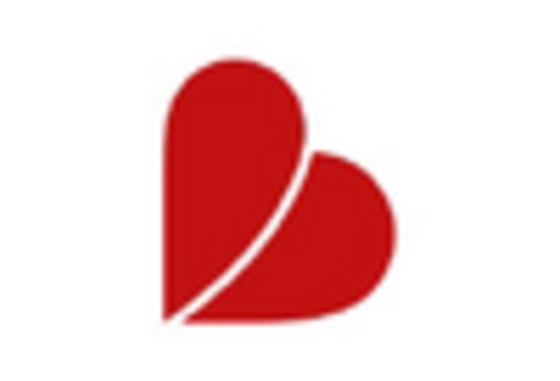
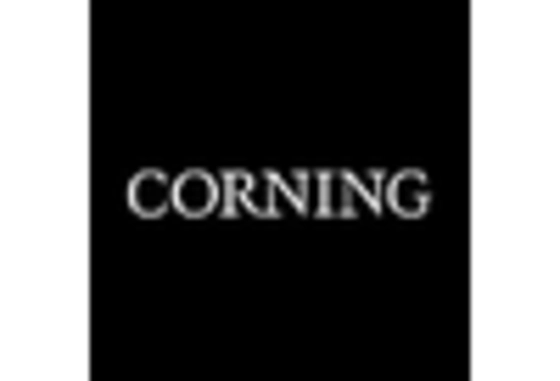


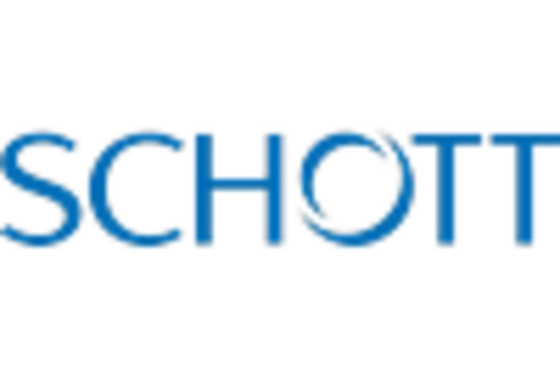








Leave a Comment